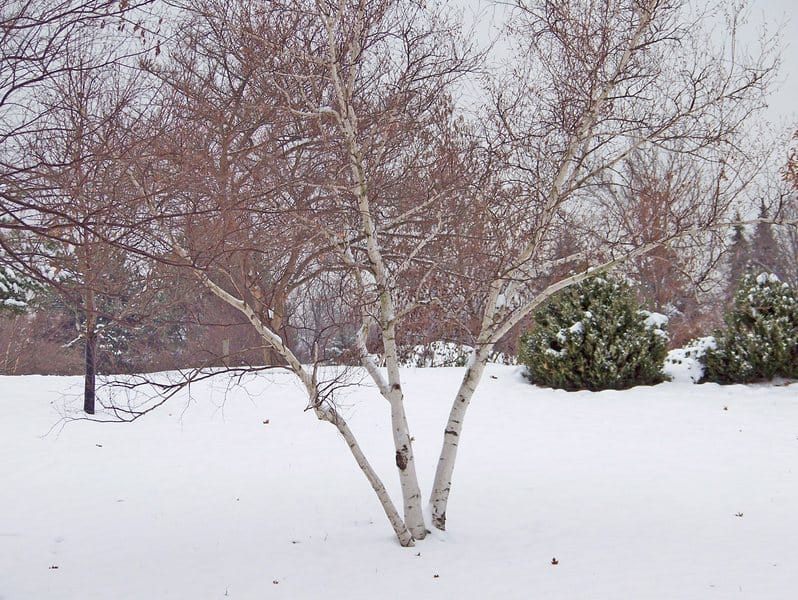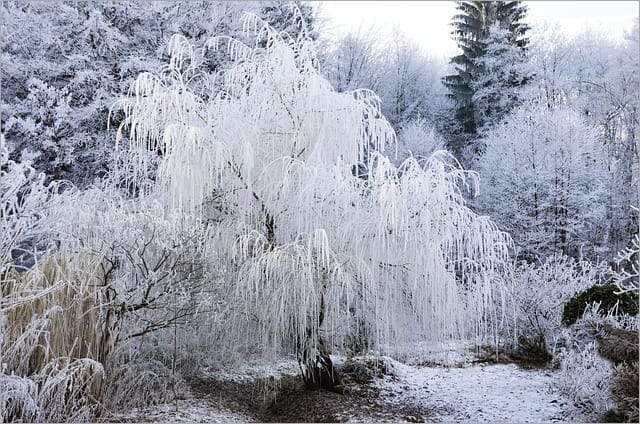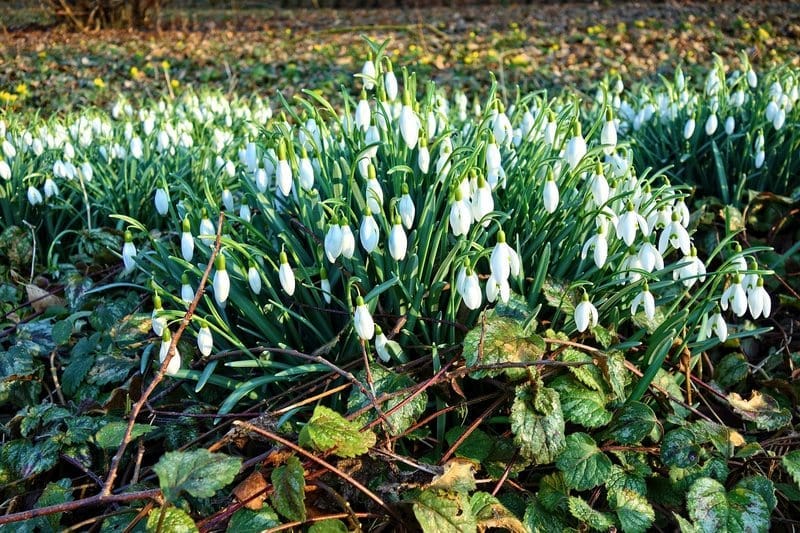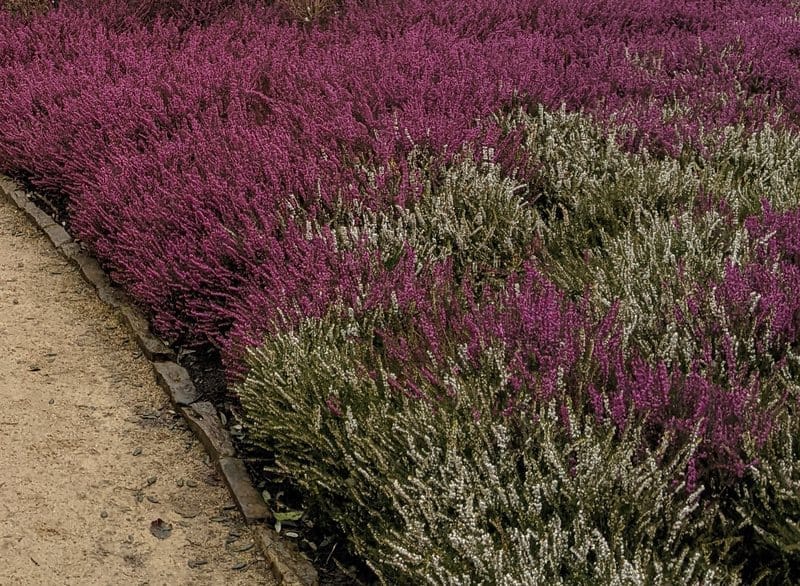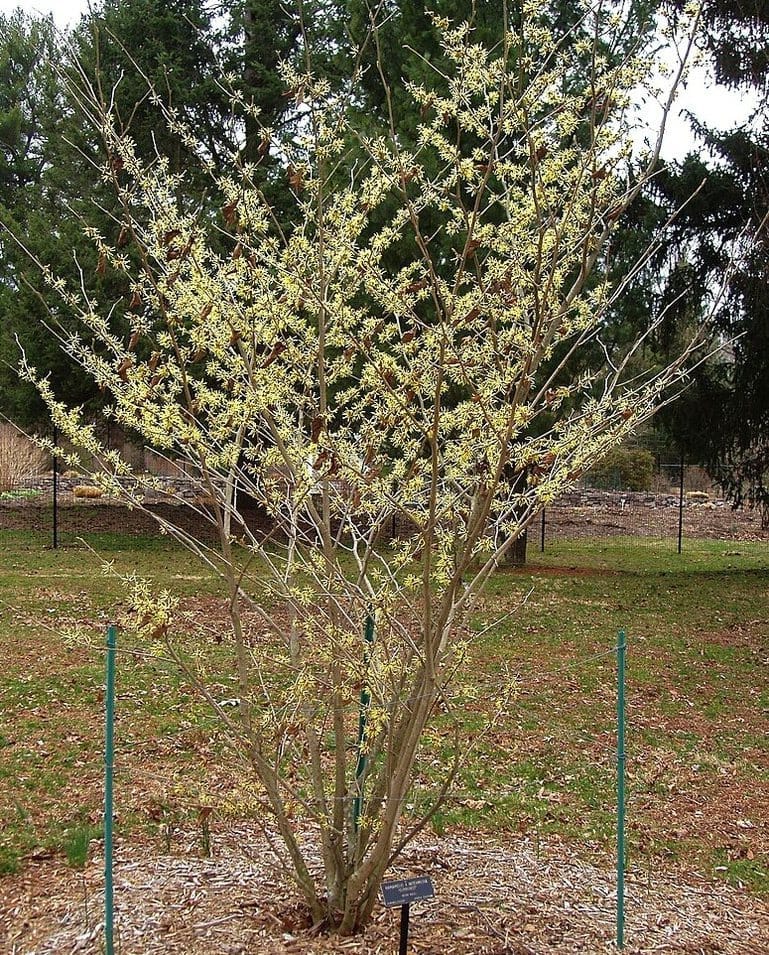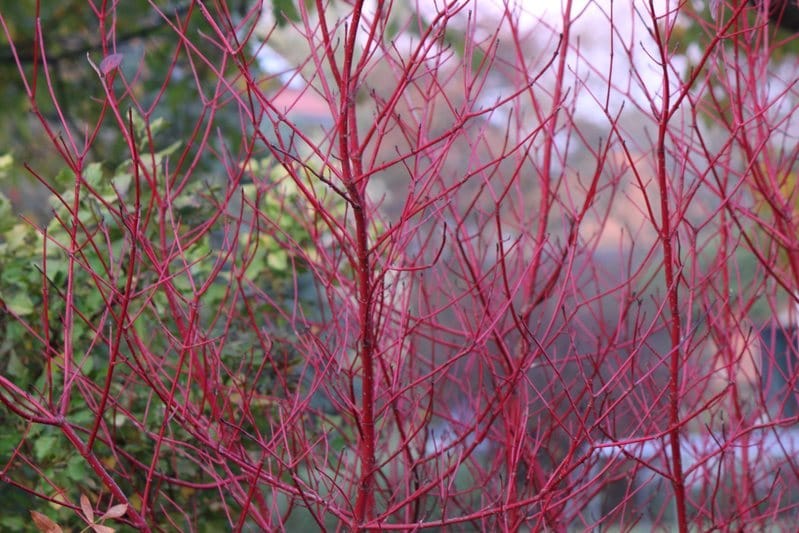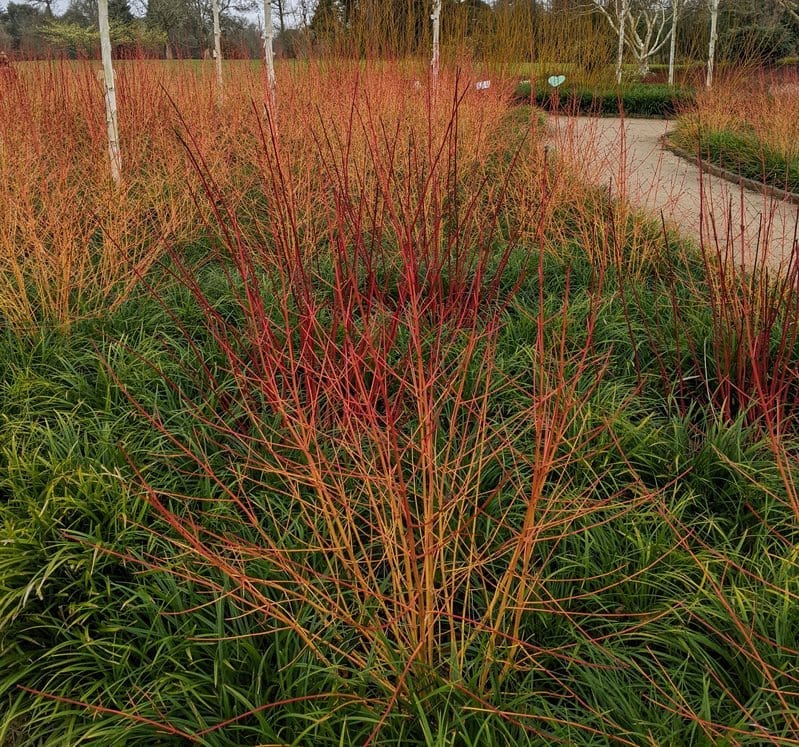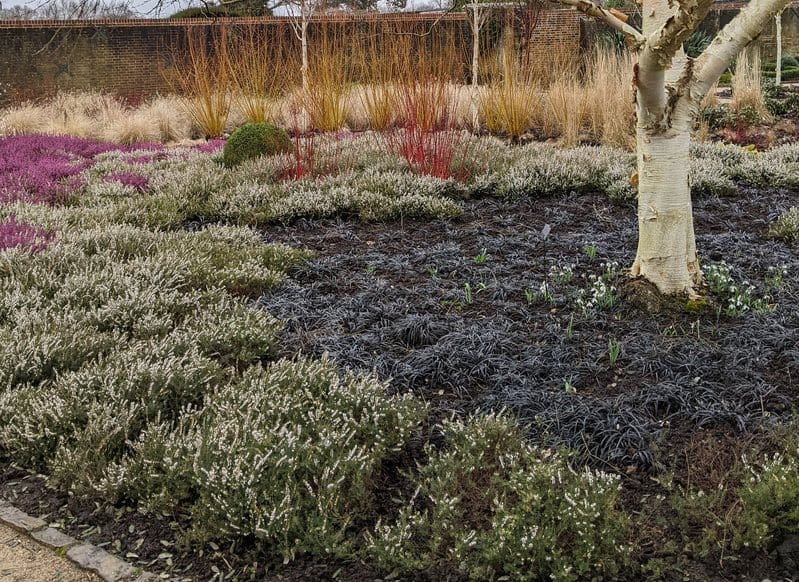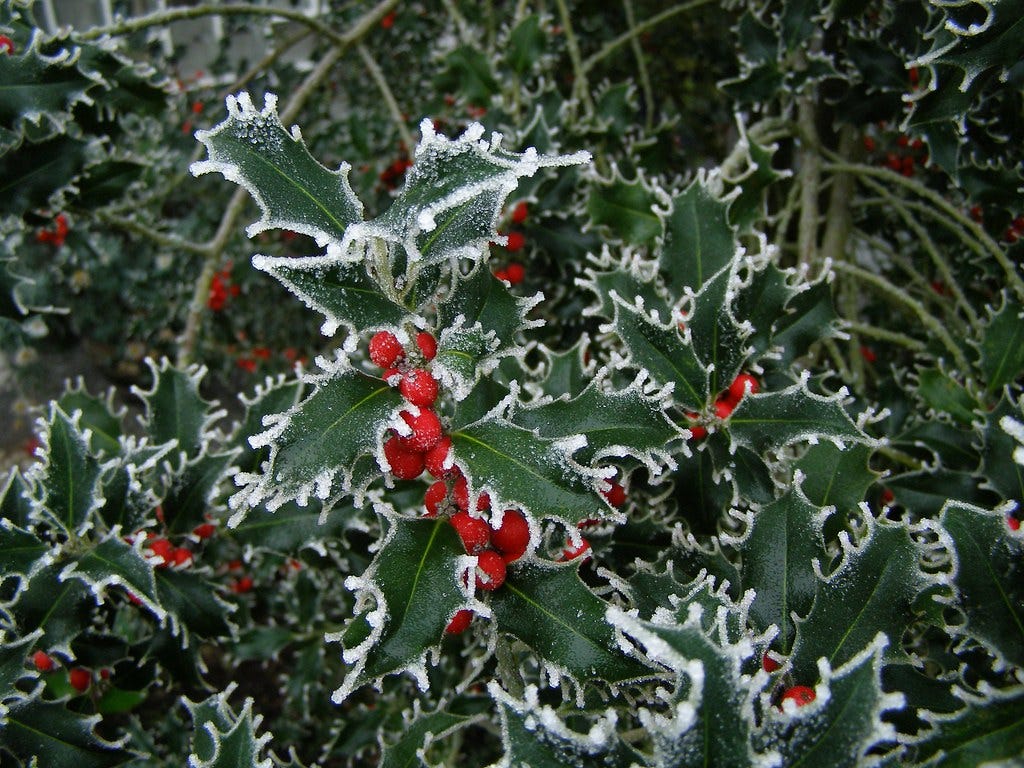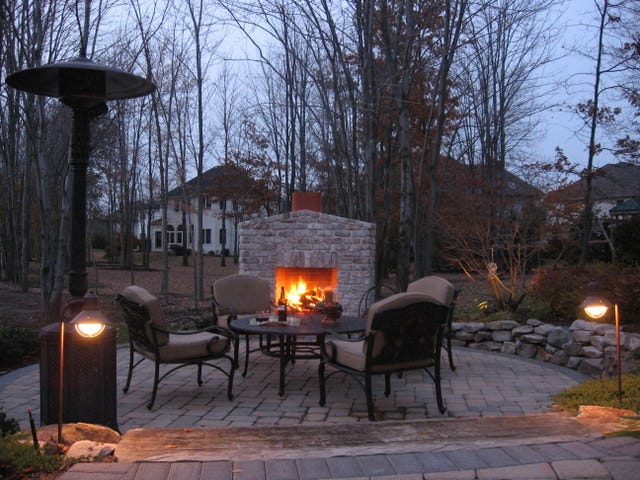Designing a Winter Garden
Looking for ways to spruce up your garden during winter? No problem! Winter garden concepts are just as stunning, structurally intriguing, and colourful as those commonly found in summer gardens.
If you live in a cold winter climate, you probably don't pay much attention to your garden in Winter. With some planning, you can have just as spectacular a garden in Winter as it is in Summer. If you live somewhere the winters are cold enough for plants to go dormant, but there is not a lot of snowfall, you could plan for a winter garden.
What is a Winter Garden?
Winter gardens use plants that offer some winter colour and structure, even if they are dormant. In more temperate climates, like in the British Isles, some plants also flower or have colourful berries in winter. Deciduous trees with attractive bark, such as Birch trees, not only provide some interest in Winter but also offer a different look than when they are leafed out in the warmer months. Evergreen hedges and topiaries take on a different look when the low sun reflects off their frosty edges. A winter garden can warm your soul on a cold winter's day.
Trees in a Winter Garden
Trees provide most of the vertical structure in the winter garden. Deciduous trees that have attractive bark are a good choice here, and many winter gardens make extensive use of Birch and Aspen trees. Trees with lightly coloured bark like these can be washed to remove fungus, dirt, pollution stains and mildew in preparation for their role in the winter garden.
Birch trees can look great in a Winter Garden, either as a specimen tree (see above example), or planted en masse (see below) for a wintry version of a Bamboo garden screen. One of the most commonly used Birch species in winter gardens is Himalayan Birch (Betula utilis), which has a cherished bark that changes from a reddish tone to pinkish white in Winter.
Evergreen trees are also a common feature in Winter gardens, particularly conifers that have foliage all the way to the ground. As with other seasons, evergreens provide a great backdrop for the garden as a whole, but in winter they can also have great dramatic effect when they receive a dusting of snow or frost.
Shrubs and Perennials for Winter Interest
There are many shrubs and perennials that look very striking in winter. Some of these are plants with attractive stems that are exposed when the leaves fall off, and there are some that flower in winter.
Common plants for flowering in winter include:
Cyclamen - This genus of perennials is native to Southern Europe and the Mediterranean, with some species hardy to very low temperatures. Cyclamen coum is an excellent choice for a winter garden as it flowers in Winter and is very hardy, down to USDA zone 4. The magenta and pink coloured flowers contrast well against snow. Cyclamen coum has been selected for the Award of Garden Merit by the Royal Horticultural Society.

Snowdrop - Galanthus nivalis, commonly known as Snowdrop, is a reliable winter flowering bulb. Flowers can emerge in January, lasting until April in temperate climates. When established, Snowdrops can cover large areas with a carpet of white flowers.
Winter Heath - Erica carnea, commonly known as Winter Heath or Winter-flowering Heather is another popular choice for winter gardens. This low-growing shrub shows itself off in Winter with many reddish-pink flowers, and some varieties have white flowers. The dark green foliage creates a great background for its flowers as well as the flowers of other plants in the winter garden.
Witch Hazel - Witch Hazel is a large shrub that can be grown as a small tree. There are several species of Witch Hazel in the Hamamelis genus, most of which lose their leaves and bloom in Winter. The hybrid H. x intermedia is the most commonly found Witch Hazel in home gardens. Witch Hazel mostly has vibrant yellow flowers, although some cultivars have orange or red flowers. In addition to the warm colours of this shrub, it is also very fragrant so this would be best placed near seating in your winter garden.
Red Stem Dogwood
In addition to plants that flower in winter, colour can be designed into the garden with plants that have colourful stems, exposed in winter after their leaves drop. The best example of this type of winter garden plant is Red Stem Dogwood (Cornus sericea). This shrub loses its leaves and reveals vibrant red stems, with some varieties sporting yellow tones. This creates a very warm colour in the Winter Garden, and this plant plays a starring role in a winter garden.
Bunch Grasses
Ornamental bunch grasses are another important plant to create texture in a Winter Garden. Many bunch grasses look great in winter when sparkling with frost. Using bunch grasses amongst your other shrubs adds kinetic energy to your winter garden. Miscanthus and Mondo Grass (Ophiopogon spp.) are excellent choices for the winter garden.
Winter Garden Wildlife
Winter is a tough time for the wildlife that visits your garden, with cold weather making it difficult to find food and water. Bird Houses and Feeders will help make your garden feel more welcoming to wildlife and make your garden feel more alive.
Plants that produce berries in winter are a good way to attract birds into your garden in Winter. The common Holly (Ilex aquifolium) is a great plant for this, and with its strong association with Christmas, this is a great plant to include in the design of a winter garden.
As you can see, the elements that make up a winter garden design are not too dissimilar to a summer garden. Plants should be considered for their colour combinations, structure and benefits to wildlife. The difference is that you can highlight plants in a different way when their leaves drop, or when they are dusted by frost or snow from winter weather. The other big difference is that you want to invite the heat into your garden during winter, so the need for shade is not as pressing as it is in summer. Arrange seating near sources of heat such as fire pits or chimeneas.
The use of deciduous trees is also a good strategy for managing heat in summer with the shade they provide while allowing the sun to reach the ground in winter. A well-placed deciduous tree that shades the roof of your home can help cool your house in summer and provide some solar heating in winter after its leaves drop.



